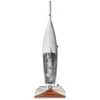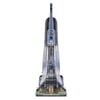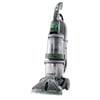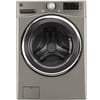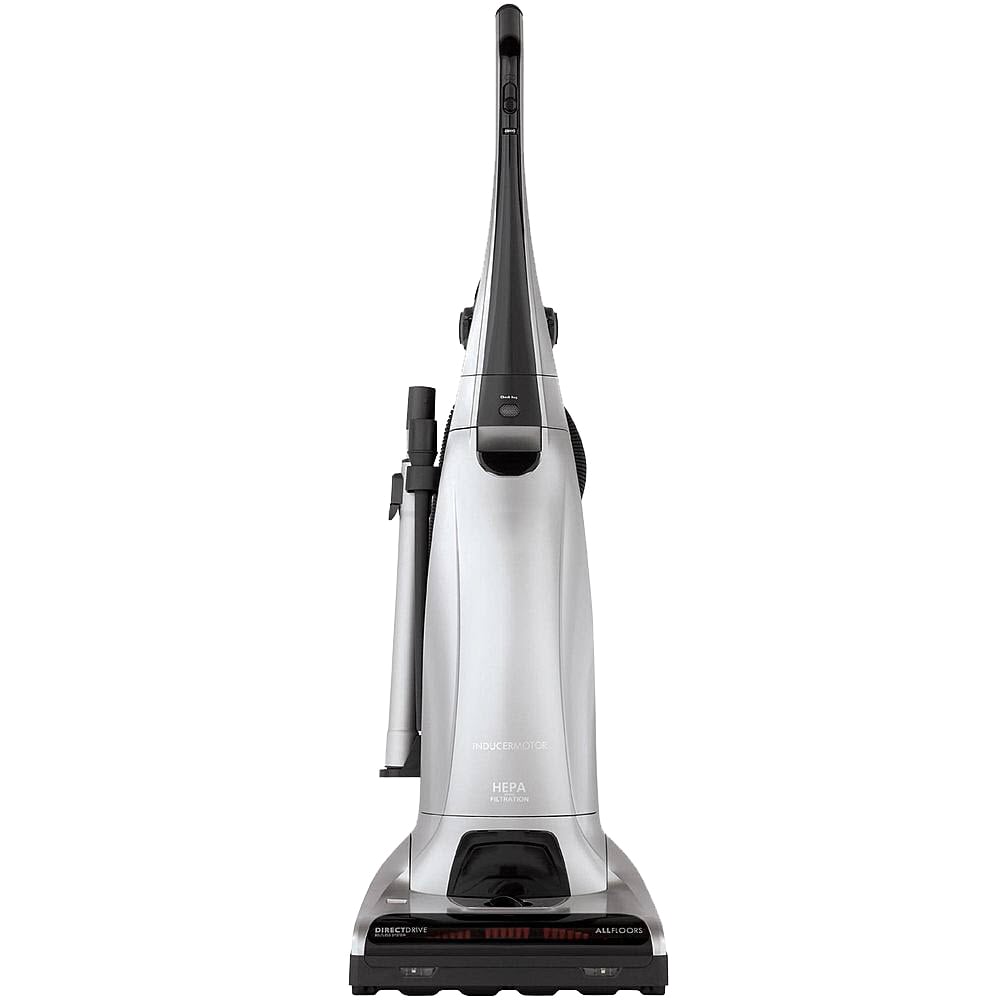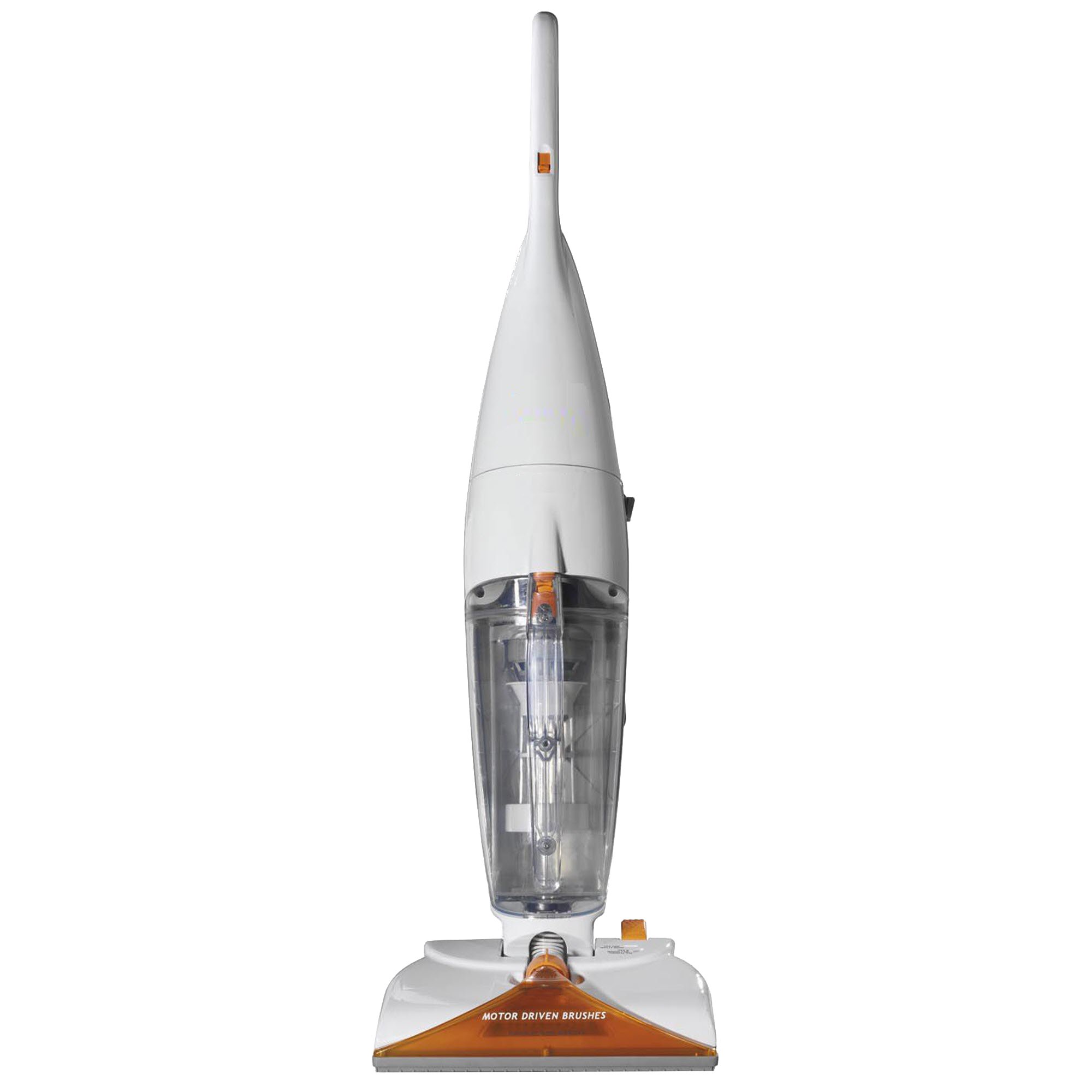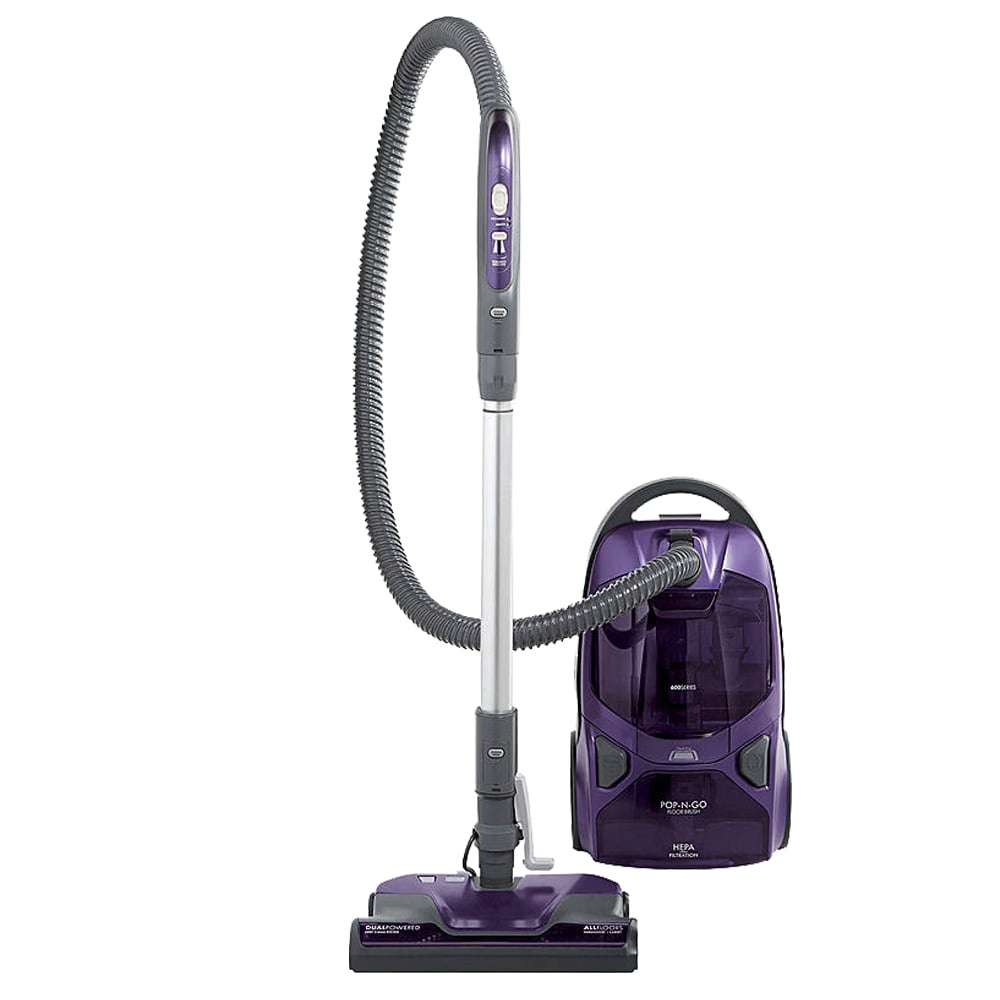- Kenmore refrigerator water filters
- Whirlpool refrigerator water filters
- Samsung refrigerator water filters
- GE refrigerator water filters
- LG refrigerator water filters
- Frigidaire refrigerator water filters
- KitchenAid refrigerator water filters
- Maytag refrigerator water filters
- Kenmore Elite refrigerator water filters
- Estate refrigerator water filters
- GE Profile refrigerator water filters
- Amana refrigerator water filters
- Bosch refrigerator water filters
- Dacor refrigerator water filters
- Electrolux refrigerator water filters
Hoover is known for their vacuums and vacuum motors, but they also produce a range of other household appliances, each with its own maintenance requirements. If your Hoover appliance is acting up, consider the following tips.
Common issues with Hoover appliances
Problem: Your Hoover steam cleaner won't suck up water.
Solution: Check the gasket located directly beneath the water tank. If the gasket is broken or loose, the steam cleaner won't have ample suction. Try readjusting the gasket; if it still doesn't work, you may need to replace the part.
Problem: Water is building up beneath your Hoover fridge.
Solution: Unplug the fridge and close the water shut-off valve. Look for signs of leakage in the water supply line. You may need to replace the supply line if there are signs of damage.
Problem: Your Hoover washing machine is making excessive noise.
Solution: A noisy washer can be a warning of a defective drain pump. Unplug the washer, open the front panel and inspect the drain pump to determine if this is the washer’s problem. Replace the drain pump if necessary.
The parts of a vacuum motor
The key parts of the vacuum cleaner that require regular maintenance are the fan motor, the bearings and the motor shaft. Vacuums use a fan to circulate air in a rotating direction. This air rotation creates the suction that your vacuum then uses to pull dirt, dust and debris through the intake hoses and then deposit the dust into the bag or collection chamber.
If the fan motor becomes loose or if one of the fan blades is damaged, the vacuum cleaner may not generate enough suction to properly remove dust and debris. Check the fan blades and consider replacing the fan if the blades are damaged. Tighten the fan housing screws if they’re loose.
Should the motor shaft that drives the fan come under stress, you may notice a grinding sound or a burning oil smell. The shaft might be overworked and stressed because of bad bearings or clogged air filters, which block the necessary exchange of air needed to cool the motor and shaft. Check the air filters and either clean or replace the filters to allow proper air flow. Inspect the motor shaft and grease or replace the bearings depending on what’s needed.
Beater bars are located at the intake of the vacuum cleaner. The beater brush, also known as a powerhead or roller bar, uses its attached brush heads to agitate and lift dirt from carpets and surfaces so that the dust can be captured by the vacuum. Keep an eye out for anything that might clog the beater bar such as:
- Human hair
- Pet hair
- Lint
- Large clumps of dust
- Debris that is too large for the intake
Clogs to the apparatus of the beater bar can cause the vacuum motor to overwork and overheat, damaging the motor. Regularly check the beater bar, taking it apart with a screwdriver, to remove any clogs or wound-up hair that may have become tangled in the roller over time.

